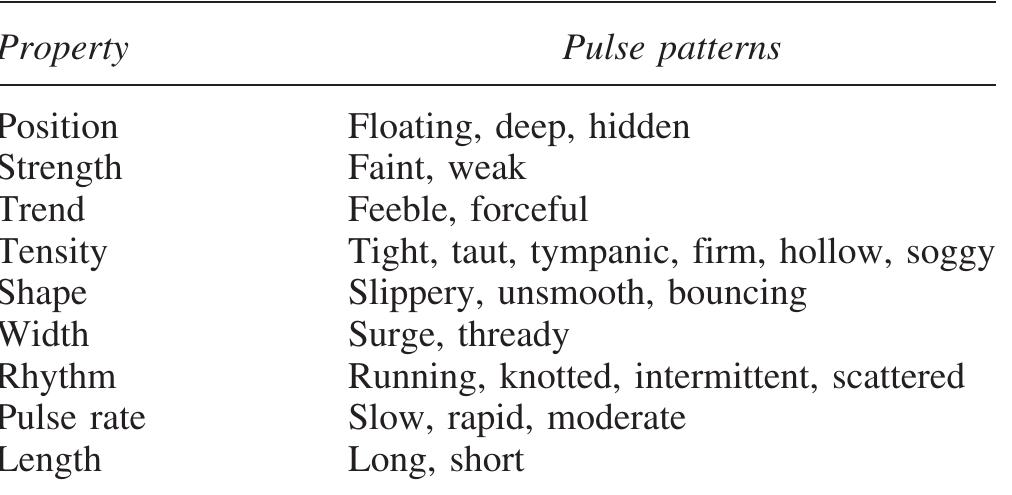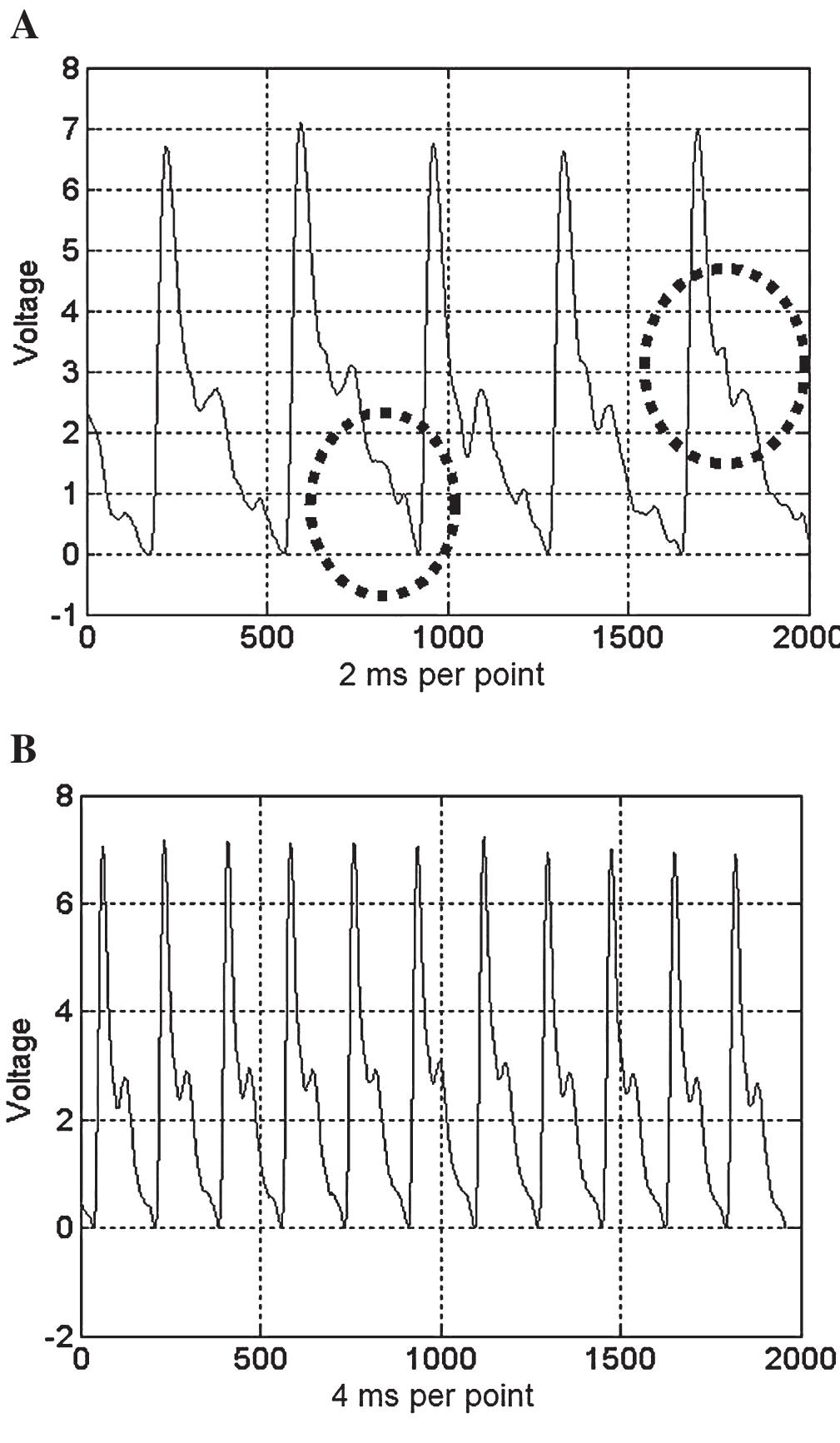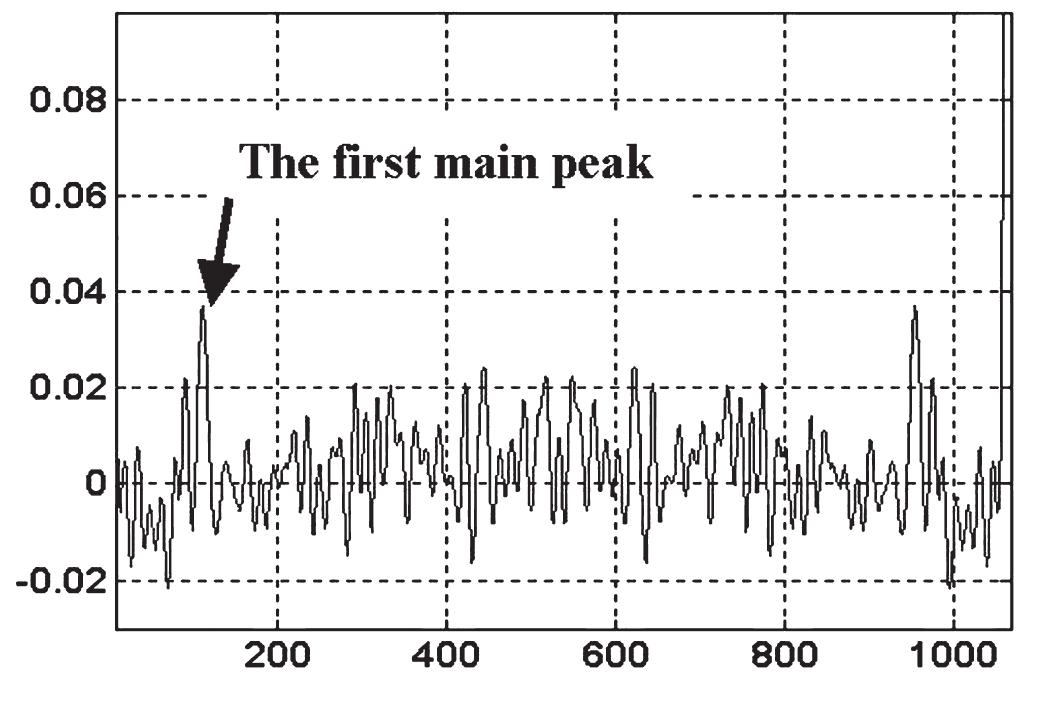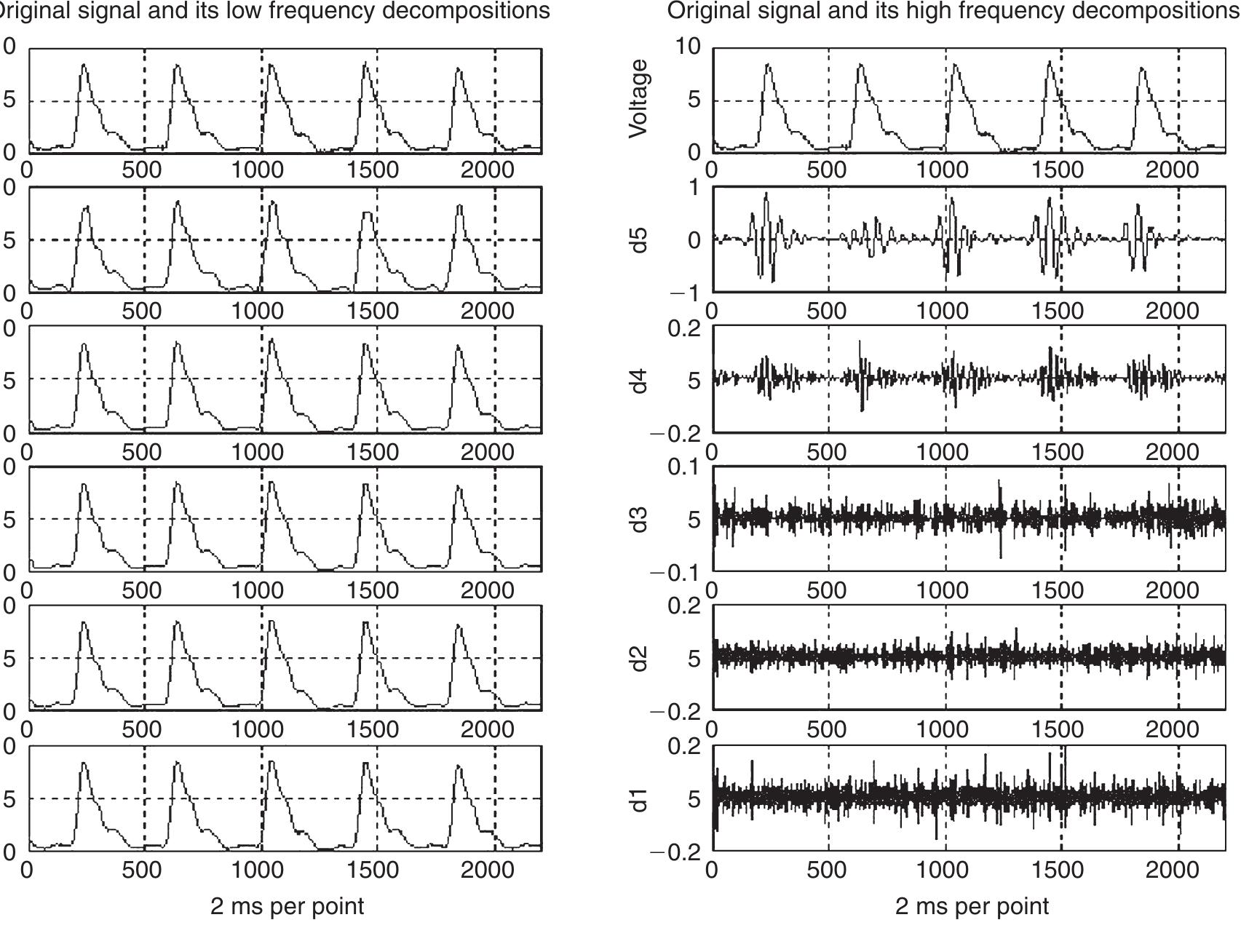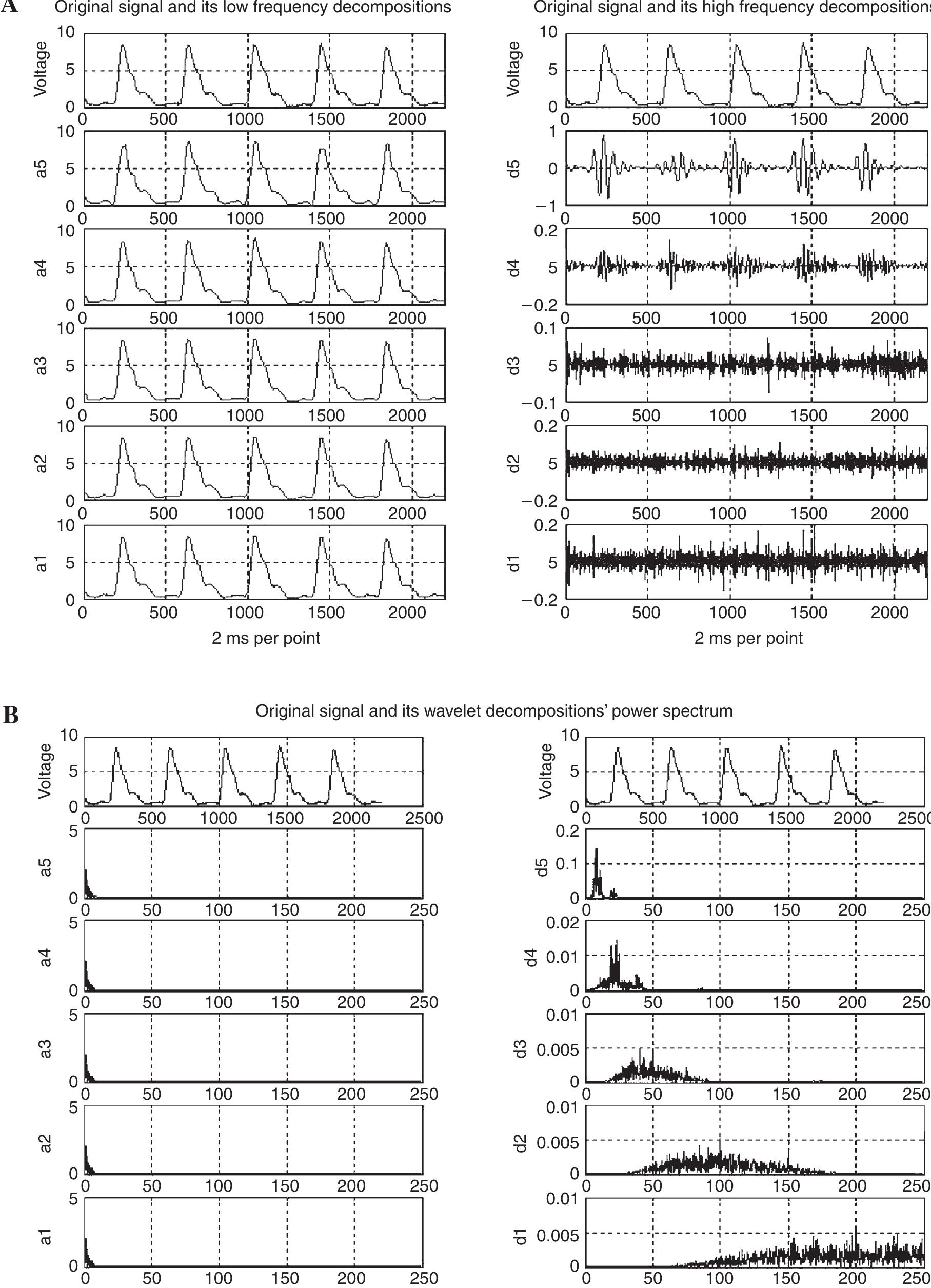Figure 1 – uploaded by 礼胜 徐

Table 1 THE RELATIONSHIP OF “CUN,” “GUAN,” AND “CHI” WITH ORGANS ical condition according to the sequence of the patient pulse waveforms.** This sequence of pulse waveforms is called pulse image. Pulse image contains the information about po- sition, strength, trend, tensity, shape, width, and variation of the rhythm. From pulse image, physicians can deduce whether the pulse is floating or sinking, excess or deficiency, large or small, tense or tender, fast or slow, etc.” S.Z. Li (1518-1593 AD), a giant in Chinese medicine, clinically used 27 kinds of pulse patterns in TCPD.° These 27 pulse patterns are classified according to their shapes, widths, po- sitions, strengths, trends, rhythmic variations, etc.



